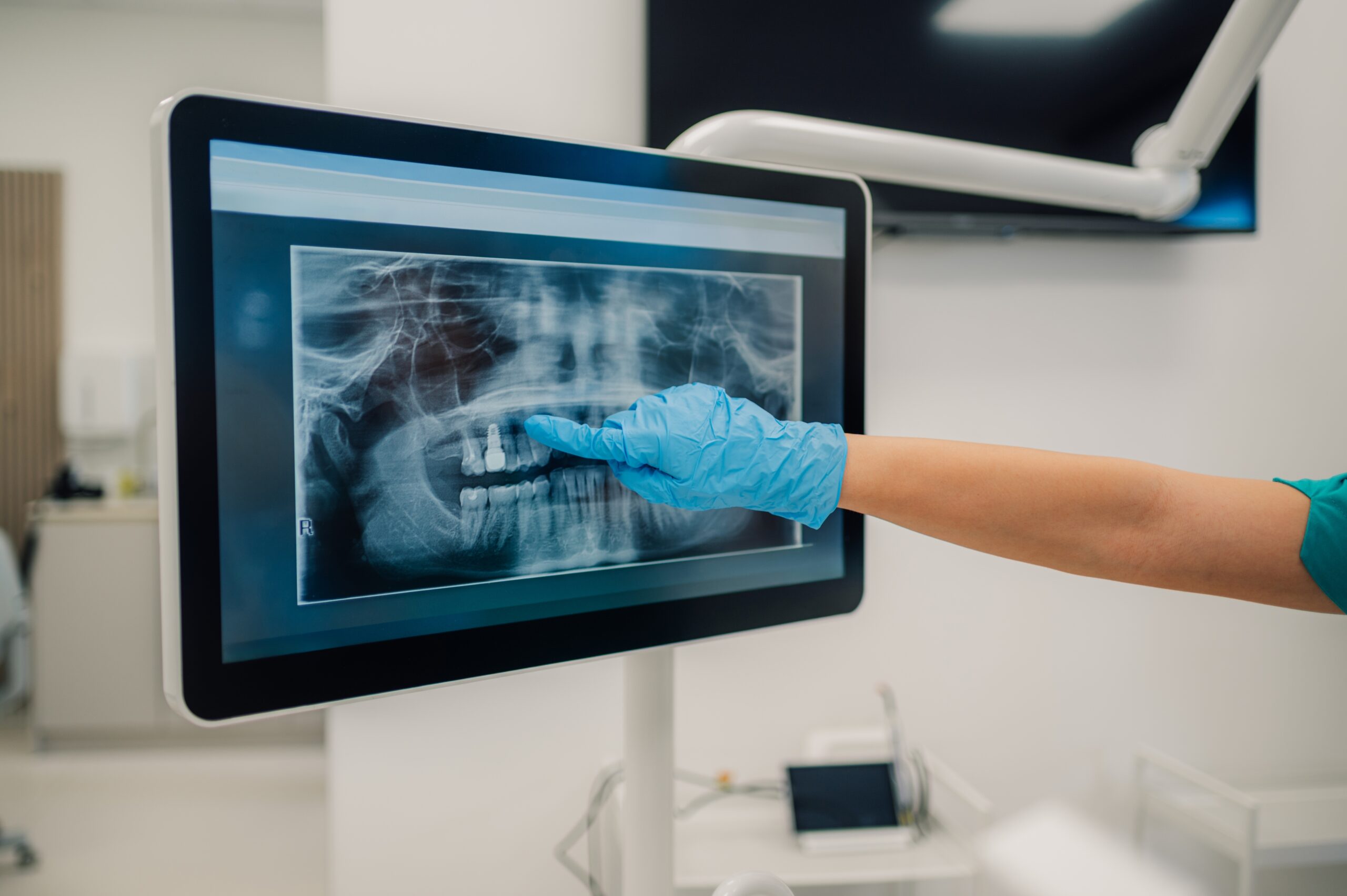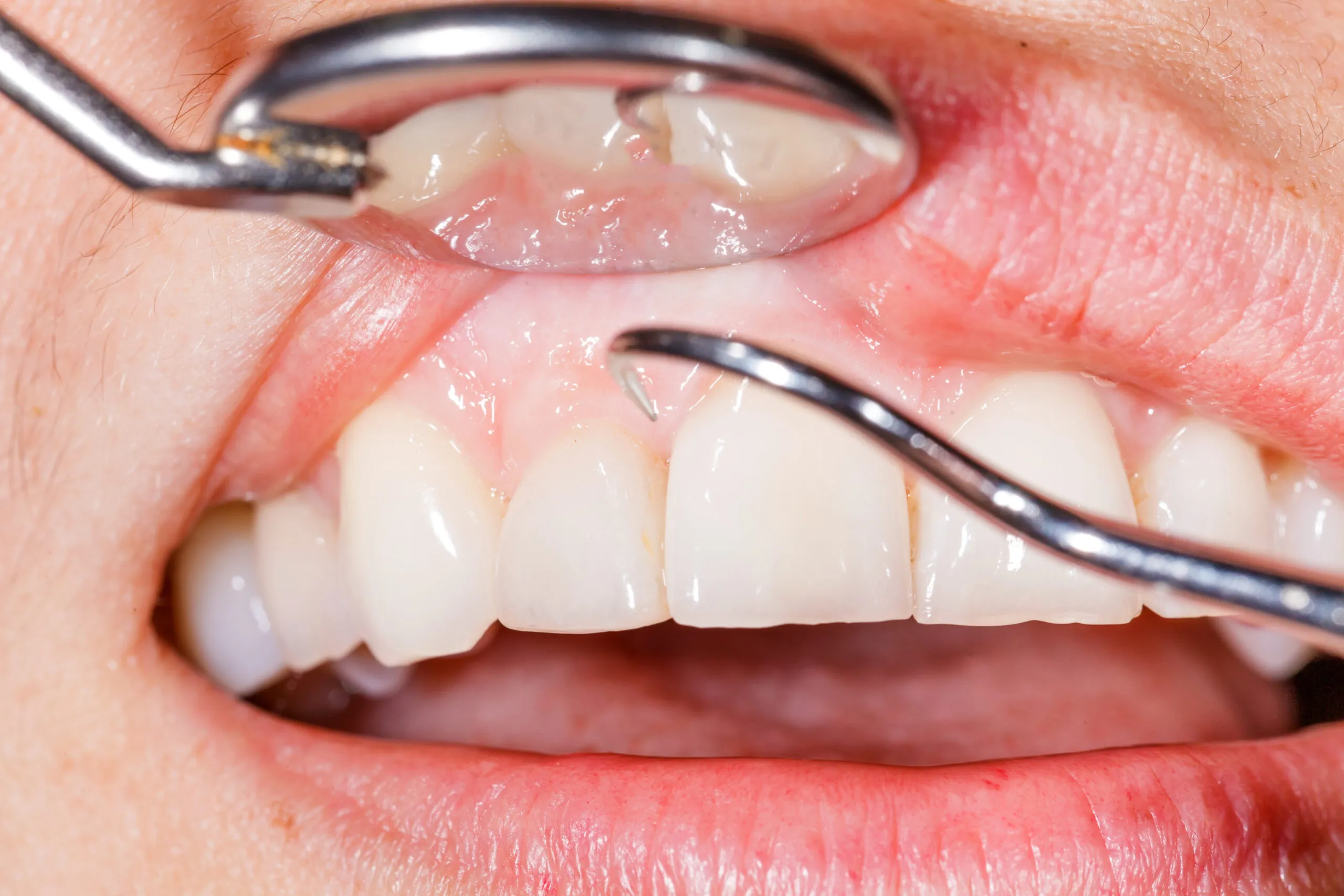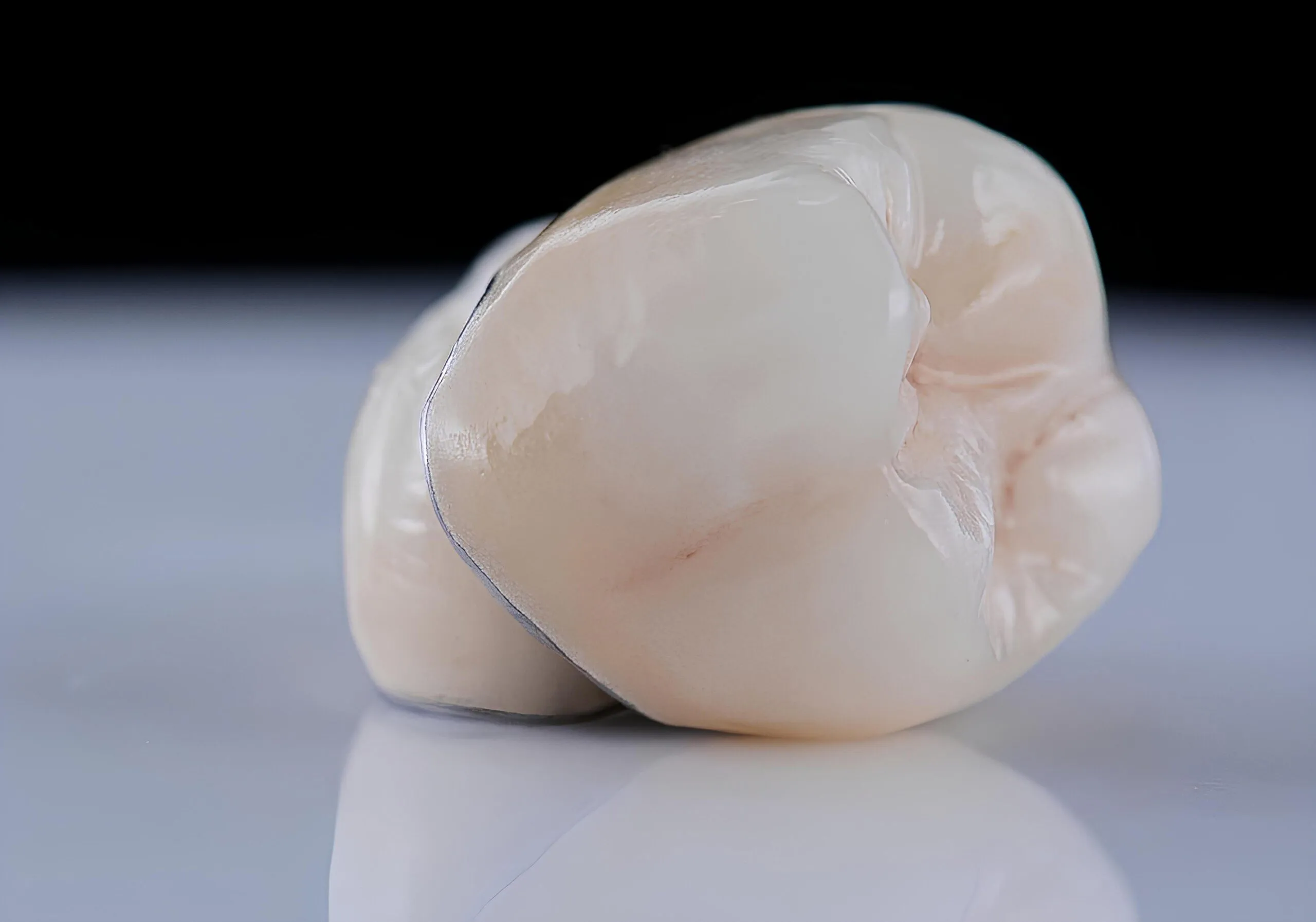Dental implants are tooth replacement marvels that have been placed in millions of people. They look and function just like the real thing, and are available at Harris Dental in Phoenix.
Technically, dental implants are not replacement teeth. The actual implant is a titanium post that is inserted into your jaw. In a few months’ time it fuses with the bone. One implant is a solid support for one artificial tooth. Several can support a bridge or full dental arch.
Humans have tinkered with implanting teeth for thousands of years. The origins of modern dental implants date back to the early 1950s, when it was discovered that titanium can fuse with bone. An implant was successfully placed in a human in 1965. The technology has steadily improved, and today dental implants have gone from experimental to mainstream.
It’s the ability to fuse with the bone that make implants so successful. Some studies have shown a success rate as high as 98%! Cases of the body rejecting them are rare.
Dental implants dramatically improve your ability to bite and chew. In most patients it is normal to near-normal. They restore your smile, too. But they also prevent the bone loss common to people with missing teeth.
Are dental implants experimental? Far from it! At Harris Dental in Phoenix we have placed many implants, on patients from Queen Creek, Scottsdale, and Mesa. People also come to us for complete general dentistry. Call to schedule an appointment today!
CONTACT HARRIS DENTAL:
LOCATION (TAP TO OPEN IN GOOGLE MAPS):







